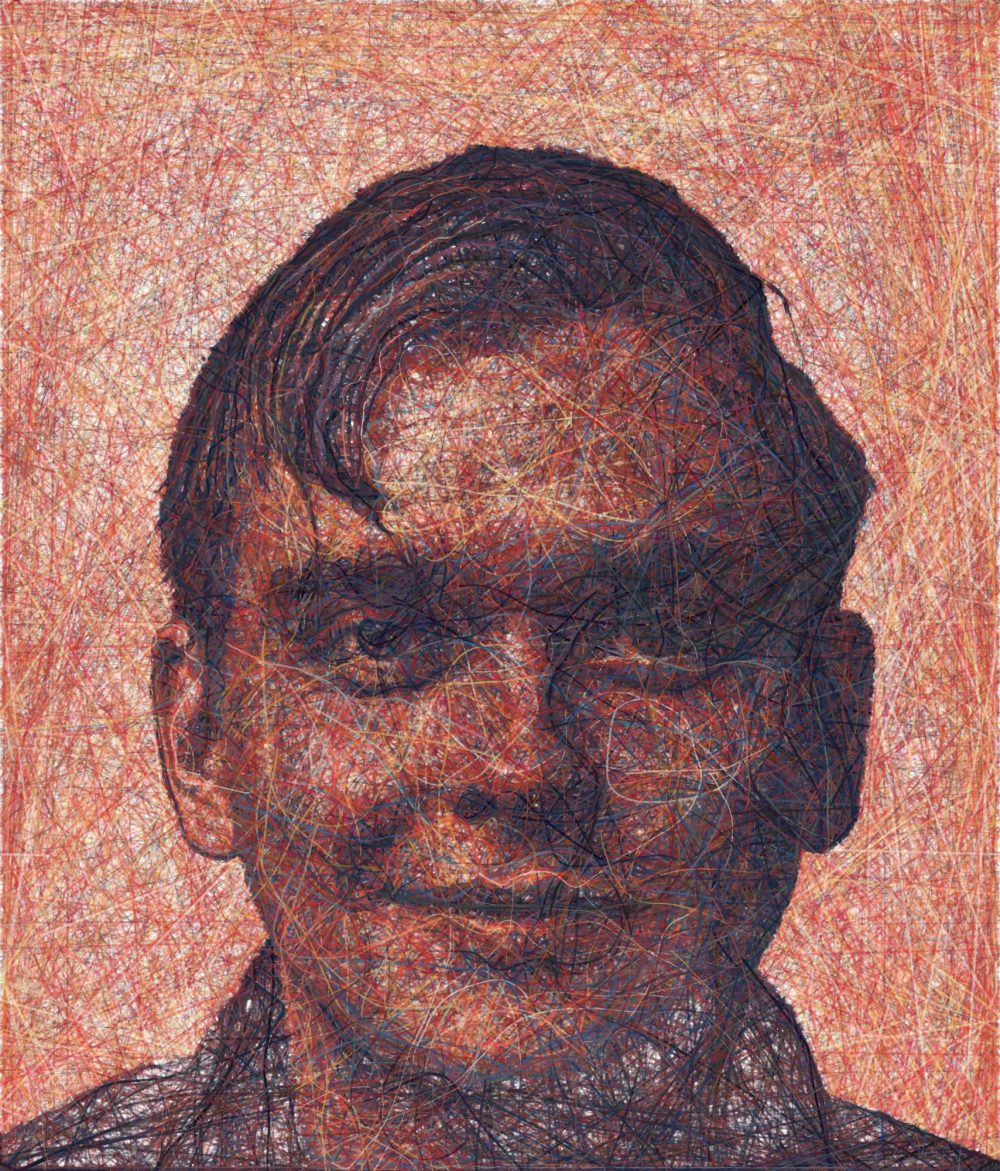Carson Russell

Architect at Erdy McHenry Architecture, LLC, Philadelphia, PA
Education:
Bachelor of Architecture, UNC Charlotte (2012)
“I had no idea what I was really getting myself into when I applied to architecture school,” Carson says. “The faculty and close-knit learning environment at the CoA+A helped me to realize my highest potential as a student and prepared me exceptionally well to thrive in both graduate school and professional environments.”
“I greatly benefited from the digital design courses I took in my 4th and 5th years, and I fondly reflect on these courses as some of the most inspirational moments of my life. The exposure to some basic computer science concepts (and methodologies to apply them to design problems) helped to set the course of my intellectual curiosity for years to come. This interest led to the development of hard skills that I’ve enjoyed leveraging in my personal explorations, graduate studies, and professional career. I think my design education serves me both as a critical thinker as well as a communicator in ways that extend far beyond the domain of architecture. I cherish the memories of my time at the CoA+A and view my education as a fundamental part of the lens through which I see the world.”
Work Samples
BOID I
Date Completed: 10/15/2013

Boids I is the first in a series of agent-based generative drawing experiments. A population of agents is imbued with boid and ant trail behaviors and deployed in a 2D environment. Agent colors are seeded through an externally sourced image. RGB values of the seed colors define the strengths of the boid behaviors. This complexity leads to self-organization and emergent geometry.
BRAITENBERG I
Date Completed: 10/15/2015

Braitenberg I is the first in a series of agent-based portrait-reconstruction explorations where agents are imbued with a braitenberg-vehicle-esque behavior. Externally sourced target and palette images define what is drawn and with what colors. Each agent is seeded with a color randomly sourced from the palette image. Constantly referencing the target image, the agent attempts to travel along paths of similar luminosity between the target image and it’s own seeded color. The result is, usually, most agents leave color trails where roughly appropriate, and the target image is recreated with the palette image colors.
DRIP DRIP
Date Completed: 10/15/2016

Rather than hiding the target image, the process begins with the target image displayed as the background. Each agent is seeded with a color randomly sourced from the target image. Using the same braitenberg-esque behaviors, agents attempt to forge a path that most closely follows their own seed color. Periodically, agents will re-define their seed colors by re-sampling the visible canvas. In aggregate, the agents recursively process the target image and reinforce some geometries while burying others.